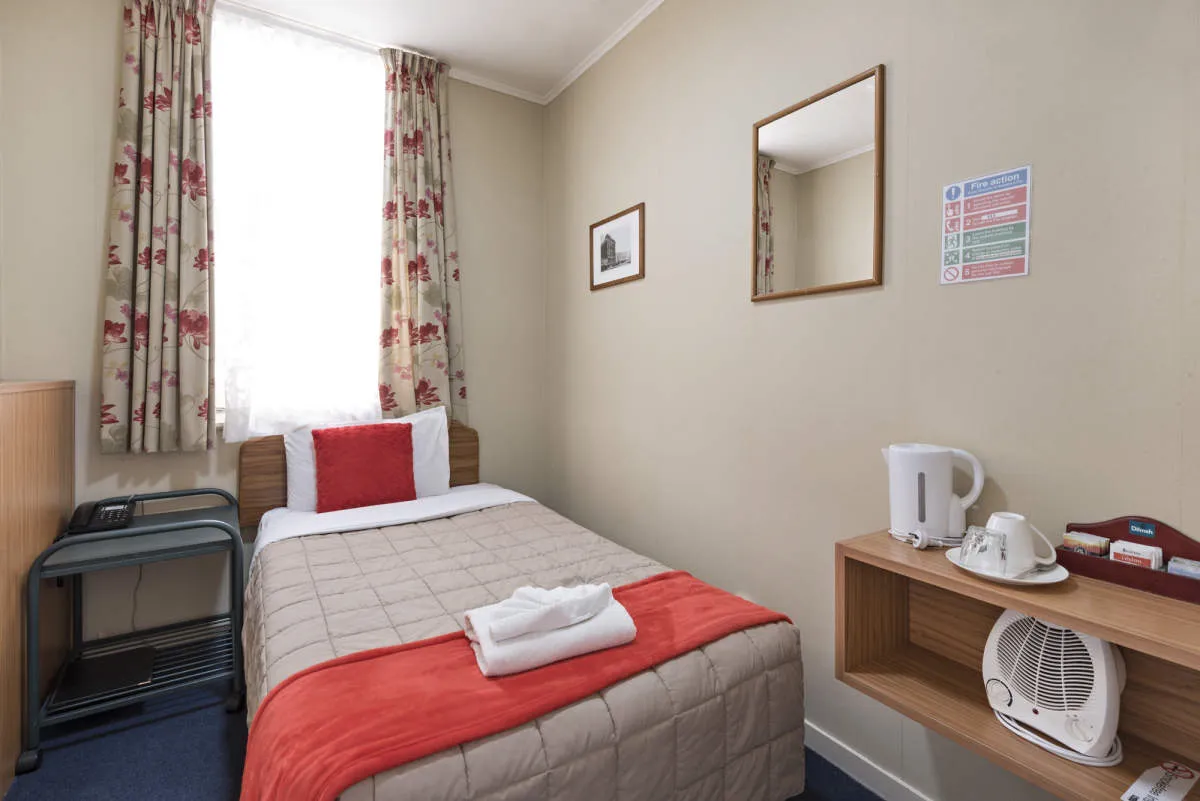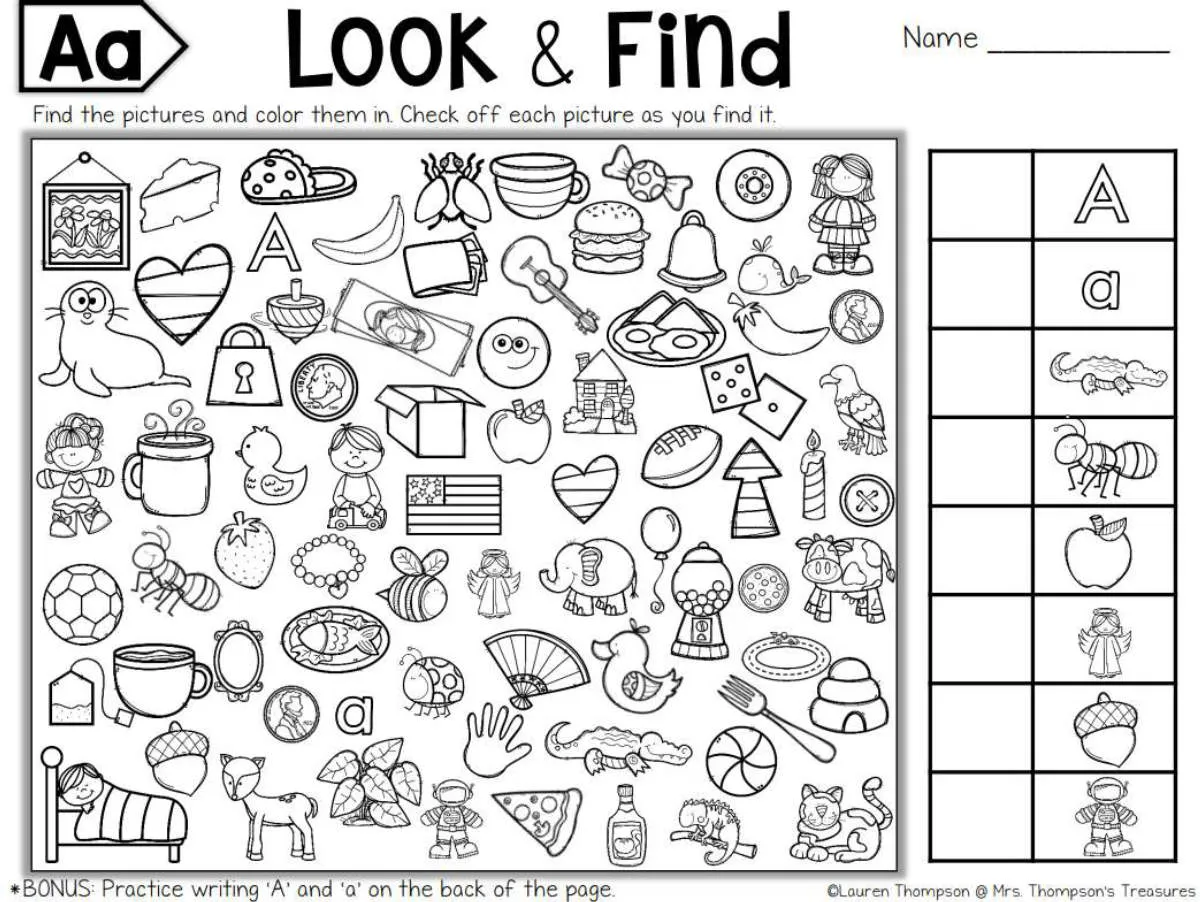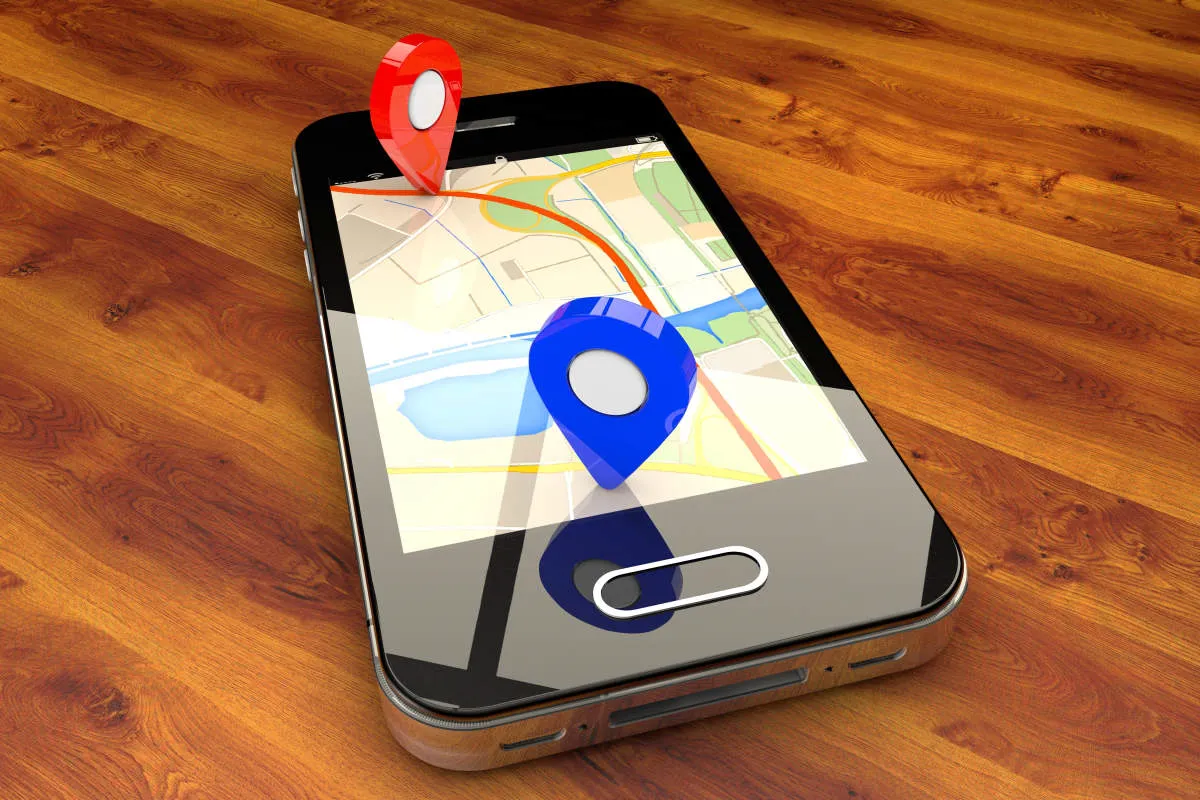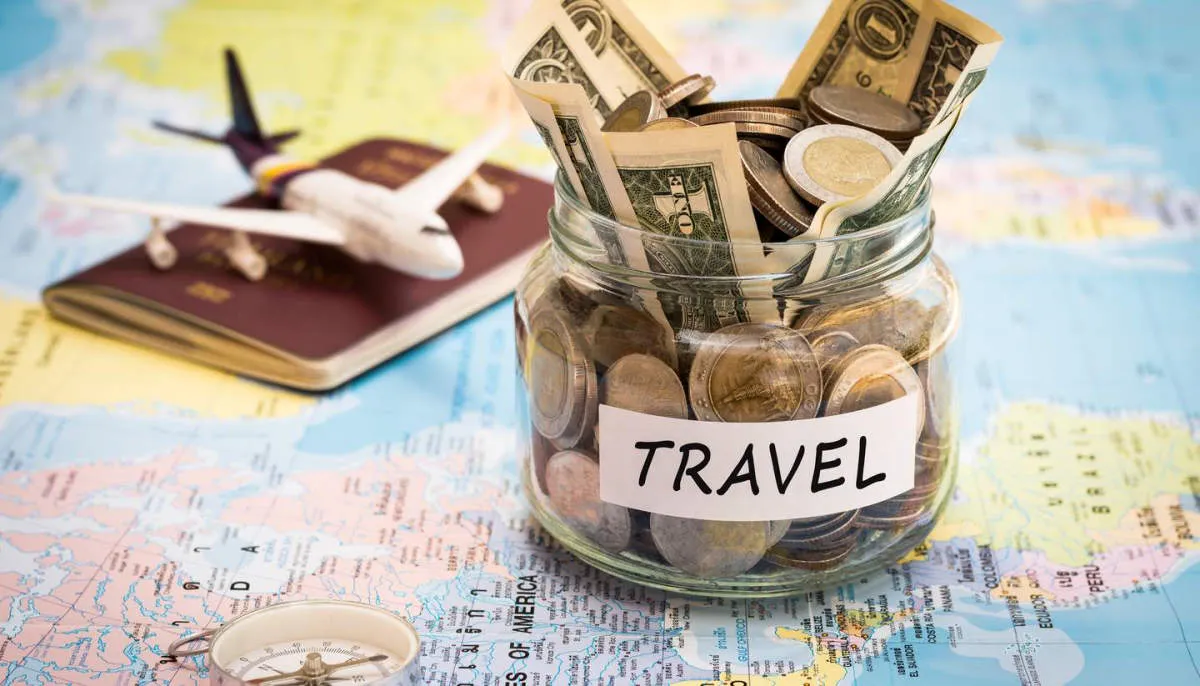Embark on your next adventure without breaking the bank with our ultimate guide on how to travel on a budget. Discover insider tips and tricks to explore the world affordably.
Choosing Affordable Destinations

One of the biggest factors influencing your travel budget is your choice of destination. Some countries or regions are naturally more expensive than others. Here’s how to pick budget-friendly spots:
Consider These Factors:
- Cost of Living: Research destinations where your money will go further. Southeast Asia, Eastern Europe, and Central America often offer excellent value for travelers.
- Seasonality: Traveling during the shoulder seasons (spring and fall) or off-season can mean significant savings on flights and accommodation.
- Transportation Costs: Factor in the cost of flights, trains, or buses to reach your destination and get around once you’re there. Countries with well-developed and affordable public transportation can save you a lot.
Explore Affordable Regions:
Here are some regions known for being budget-friendly:
- Southeast Asia (Thailand, Vietnam, Laos, Cambodia)
- Eastern Europe (Czech Republic, Hungary, Poland, Romania)
- Central America (Nicaragua, Guatemala, Honduras)
- South America (Colombia, Peru, Bolivia)
- Parts of Africa (Morocco, Egypt, South Africa)
Be Flexible with Your Destination:
Don’t be afraid to consider alternative destinations that might offer similar experiences at a lower price point. Be open to exploring lesser-known places, as they can often be more affordable and less crowded.
Finding Cheap Flights

Snagging affordable airfare is often the cornerstone of a budget-friendly trip. Here’s how to make it happen:
Be Flexible
Flexibility is key when hunting for cheap flights. Consider these strategies:
- Travel during the off-season: Prices tend to rise during peak seasons (holidays, school breaks). Aim for shoulder seasons (spring and fall) or even the off-season for significant savings.
- Fly on weekdays: Tuesdays and Wednesdays are often the cheapest days to fly, while weekends see higher demand and prices.
- Be open to layovers: Direct flights are convenient but usually more expensive. Embrace layovers as an opportunity to explore another city briefly or simply save money.
Utilize Flight Search Engines and Tools
The internet is your best friend for comparing flight options. Make the most of these resources:
- Metasearch engines: Websites like Google Flights, Skyscanner, and Kayak aggregate data from multiple airlines, letting you compare prices across a wide range.
- Airline websites: Sometimes, booking directly through the airline’s official website can offer exclusive deals or lower fares not found elsewhere.
- Price tracking tools: Services like Hopper and Google Flights can monitor flight prices and alert you to potential drops.
Explore Alternative Airports
Don’t limit your search to major airports. Consider these options:
- Smaller, regional airports: Flying into or out of a less busy airport can often yield cheaper fares, even if it requires a bit more ground transportation.
- Nearby airports in other cities: If your destination is easily accessible from a nearby city, check flight prices there as well. You might find a cheaper option and can take a bus or train to your final stop.
Consider Budget Airlines
Budget airlines often have significantly lower base fares, but be mindful of potential extra costs:
- Baggage fees: Budget airlines often charge for checked bags and sometimes even carry-ons, so pack light or factor in these fees.
- Seat selection: You may have to pay to choose your seat or risk being separated from your travel companions.
- Onboard amenities: Expect to pay for food, drinks, and entertainment on many budget airlines.
Sign Up for Newsletters and Loyalty Programs
Stay informed about sales and promotions by subscribing to airline newsletters and joining their loyalty programs. These can give you access to exclusive deals and discounts.
Staying in Budget Accommodations

Finding affordable accommodation is one of the most important aspects of budget travel. Fortunately, there are plenty of options available to help you save money without sacrificing comfort:
1. Consider Hostels
Hostels are a great option for budget travelers, especially solo travelers or groups of friends. They offer dormitory-style rooms as well as private rooms, often at a fraction of the cost of hotels. Many hostels also have communal kitchens, allowing you to save money on meals.
2. Explore Airbnb or VRBO
Airbnb and VRBO offer a wide variety of affordable accommodations, from rooms in local homes to entire apartments. You can often find great deals, especially if you’re traveling in a group or staying for an extended period. Be sure to read reviews carefully and choose your accommodation wisely.
3. Look for Discounts and Deals
Websites and apps like Booking.com, Expedia, and Kayak often offer discounts and deals on accommodations. Sign up for their newsletters or follow them on social media to stay informed about special promotions. Don’t hesitate to contact hotels directly to inquire about any current deals.
4. Think Outside the City Center
Accommodation prices tend to be higher in city centers. Consider staying in a neighborhood slightly outside the main tourist zone. You can often find cheaper options while still being well-connected by public transportation.
5. Travel During the Off-Season
Accommodation prices fluctuate depending on the time of year. Traveling during the shoulder season (the period between peak and off-season) or off-season can often result in significant savings.
Using Public Transport

One of the biggest expenses when traveling is often transportation. Luckily, opting for public transport over taxis or rental cars can drastically cut down your costs, allowing you to travel further for less.
Research Before You Go: Before you even leave for your trip, familiarize yourself with the public transportation options at your destination. Many cities have comprehensive websites or apps for their bus, train, or metro systems.
Look for Passes and Discounts: Many cities offer tourist passes that grant unlimited travel on public transport for a set number of days. These can save you a significant amount compared to buying individual tickets. Additionally, check if discounts are available for students, seniors, or children.
Consider Walking or Cycling: For shorter distances, walking or renting a bicycle can be a fun and healthy way to get around while saving money.
Embrace Ride-Sharing Apps: In many places, ride-sharing services can be a budget-friendly alternative to traditional taxis, especially for shorter trips.
Eating Like a Local

One of the biggest expenses when traveling is food. Eating out for every meal can quickly drain your budget. To save money and have a more authentic cultural experience, try these tips for eating like a local:
1. Visit Local Markets
Farmers markets, night markets, and street food stalls are treasure troves of affordable and delicious eats. You’ll find fresh produce, local specialties, and ready-to-eat meals at a fraction of the cost of restaurants.
2. Cook Your Own Meals
If you have access to a kitchen, even a basic one, take advantage! Stock up on groceries at local markets and prepare some of your own meals. It’s a fun way to experience local ingredients and save a bundle.
3. Seek Out Smaller Eateries
Touristy restaurants in popular areas often come with inflated prices. Venture a little further afield and look for smaller, family-run restaurants where locals eat. You’ll likely find more authentic cuisine at a much better price.
4. Ask for Recommendations
Don’t be afraid to ask locals for their favorite places to eat. Hotel staff, tour guides, and even people you meet along the way can steer you towards hidden gems and local favorites.
5. Take Advantage of Lunch Specials
Many restaurants offer very affordable set menus or lunch specials during the day. This is a great way to sample local dishes without breaking the bank.
Using Travel Rewards Programs

Travel rewards programs, like those offered by airlines and hotels, can be powerful tools for budget travelers. By strategically collecting and redeeming points or miles, you can significantly cut down on your travel expenses. Here’s how to maximize their benefits:
Choosing the Right Programs
Don’t spread yourself too thin by signing up for every program you come across. Instead, focus on a few that align with your travel habits. Do you prefer a particular airline or hotel chain? Are you loyal to a specific credit card company? Choosing programs you’ll actually use ensures you earn rewards faster and more efficiently.
Earning Rewards
- Credit Cards: Opt for travel rewards credit cards that offer sign-up bonuses and earn points or miles on everyday purchases. Pay off your balance in full each month to avoid interest charges that negate your rewards.
- Airline and Hotel Loyalty Programs: Sign up for free loyalty programs to earn points or miles for your flights and hotel stays. Look for bonus offers and promotions to maximize your earnings.
- Dining and Shopping Portals: Many travel rewards programs have dining and shopping portals that offer bonus points for purchases made through their links.
Redeeming Rewards Wisely
Don’t rush to redeem your rewards for the first available option. Compare the value of points or miles for different flights, hotels, or travel experiences. Sometimes, saving up for a higher-value redemption can lead to significant savings.
Staying Informed
Stay updated on program changes, bonus offers, and redemption options. Follow travel blogs, subscribe to newsletters, and check program websites regularly to make the most of your travel rewards.
Finding Free Activities

Traveling on a budget doesn’t mean you have to miss out on all the fun. Many destinations offer incredible free activities, you just need to know where to look!
Embrace the Great Outdoors:
Parks, beaches, hiking trails – nature rarely charges an entrance fee. Pack a picnic and enjoy a day soaking up the sun and fresh air.
Free Walking Tours:
Many cities offer free walking tours, often run by locals passionate about sharing their home. It’s a fantastic way to see the sights and learn about the history and culture.
Museum Days:
Keep an eye out for free museum days. Many museums offer free admission on certain days of the week or month.
Seek Out Free Events:
Check local listings for free concerts, markets, festivals, and other cultural events happening during your visit.
Explore Local Culture:
Wander through vibrant neighborhoods, visit bustling markets, or simply relax in a public square and soak up the atmosphere.
Take Advantage of Free Resources:
Utilize free Wi-Fi at cafes and libraries, and take advantage of free maps and brochures available at tourist information centers.
Traveling During Off-Peak Seasons

One of the most effective ways to slash travel costs is to venture out during the shoulder or off-peak seasons. These periods, typically falling between the peak seasons and the off-season, offer a sweet spot of pleasant weather, fewer crowds, and significantly reduced prices.
What are the benefits of traveling during the off-peak season?
- Lower prices: Airlines, hotels, and tour operators often offer substantial discounts to attract travelers during these times.
- Fewer crowds: Enjoy a more tranquil and authentic experience without battling hordes of tourists at popular attractions.
- Better availability: Snag that coveted hotel room with a view or secure a table at the hottest restaurant in town—options are more plentiful during the off-season.
When is the best time to travel during the off-peak season?
The shoulder seasons (spring and fall) generally offer the best combination of pleasant weather and lower prices. However, specific off-peak periods vary depending on your destination. Research your chosen location to determine the ideal time to visit for budget-friendly travel.
Traveling with Friends

Traveling with friends is a fantastic way to create lasting memories and share incredible experiences. However, it can also put a strain on your budget if you’re not careful. Here’s how to make group travel more affordable:
Share Accommodation Costs
One of the biggest expenses of any trip is accommodation. By sharing rooms or renting out an entire apartment or house, you can significantly reduce costs per person.
Cook Meals Together
Eating out for every meal can quickly drain your funds. Designate a few nights for “cooking in,” where you prepare meals together at your accommodation. This not only saves money but also provides an opportunity to bond and relax.
Take Advantage of Group Discounts
Many attractions, tours, and transportation services offer discounted rates for groups. Be sure to inquire about group pricing when booking activities or purchasing tickets.
Establish a Group Fund
Consider creating a group fund where everyone contributes a set amount of money before the trip. This fund can be used for shared expenses like groceries, transportation, and activities, simplifying financial transactions and preventing any one person from bearing the brunt of the costs.
Communicate Openly about Budget
Have an open and honest conversation about budget limitations before the trip. This ensures everyone is on the same page and prevents misunderstandings or resentment later on. Decide on a comfortable spending range for activities, meals, and souvenirs.
Using Travel Apps

In today’s digital age, your smartphone can be your greatest asset when it comes to budget travel. Countless apps are designed to help you save money on flights, accommodation, transportation, and more. Here are some essential categories of travel apps to consider:
Flight and Accommodation
- Flight comparison apps: Apps like Skyscanner, Google Flights, and Kayak allow you to compare prices from various airlines, set price alerts, and find the most affordable dates to fly.
- Accommodation booking apps: Explore options beyond traditional hotels with apps like Airbnb and Booking.com, offering a range of choices from budget-friendly hostels to unique homestays.
Transportation
- Ride-sharing apps: Uber and Lyft are often more economical than taxis, especially for shorter distances. In some cities, local ride-sharing services might offer even better deals.
- Public transportation apps: Many cities have dedicated apps for navigating public transport, providing routes, schedules, and real-time information, often with options to purchase tickets directly.
Food and Entertainment
- Restaurant finder apps: Discover local eateries and find deals on meals with apps like Yelp, Zomato, or The Fork.
- Discount and coupon apps: Groupon and similar apps often offer discounted prices on tours, attractions, and dining experiences.
Other Useful Apps
- Offline maps: Download maps with apps like Google Maps or Maps.me to navigate without using expensive international data.
- Currency converters: Easily convert currencies and keep track of your spending with apps like XE Currency or Currency Converter Plus.
- Language translation apps: Overcome language barriers with apps like Google Translate or Duolingo, offering translation, phrasebooks, and even offline functionality.
Conclusion
In conclusion, traveling on a budget is achievable with careful planning and smart strategies. By following the tips and tricks mentioned in this article, you can explore the world without breaking the bank.

